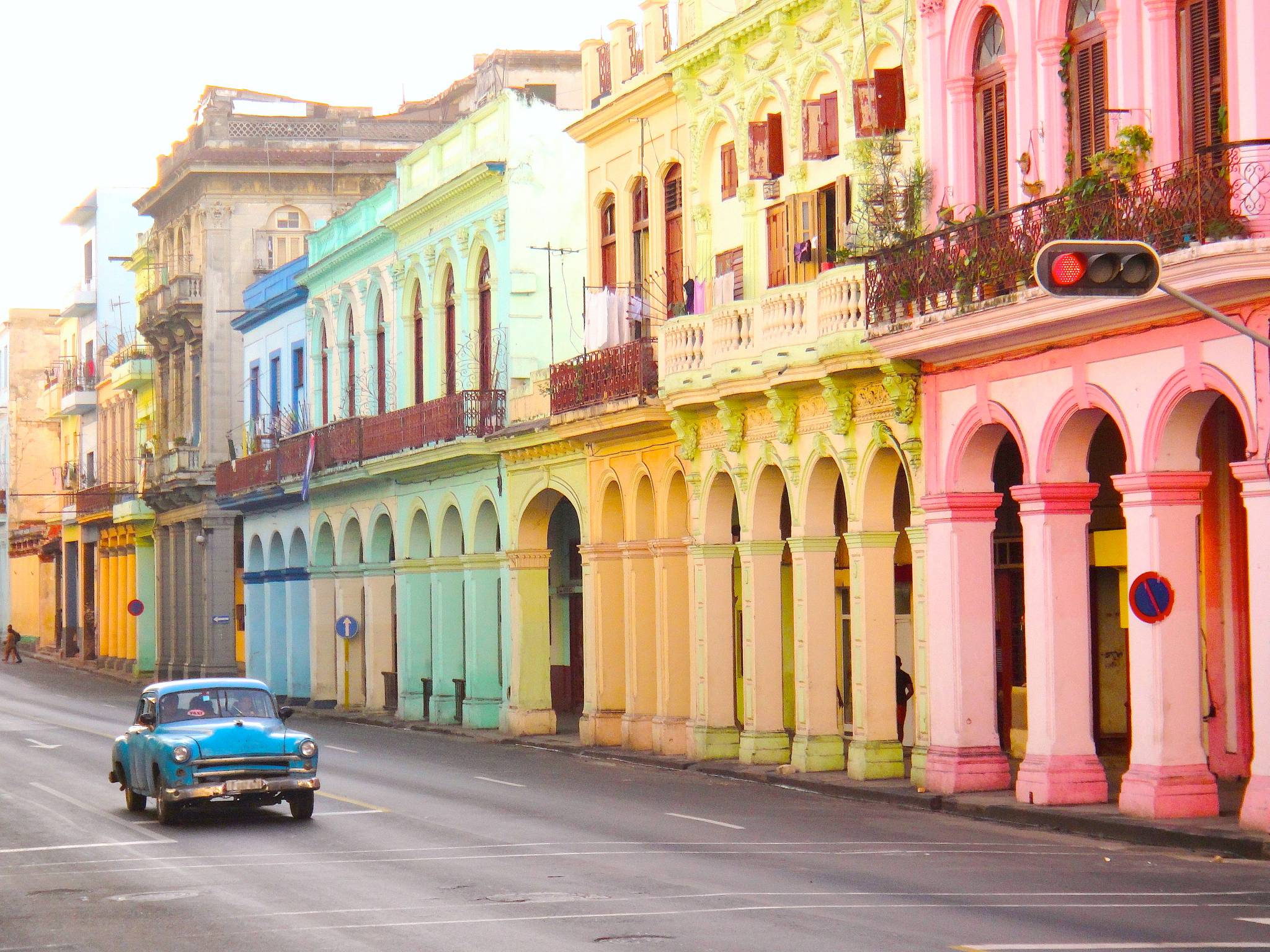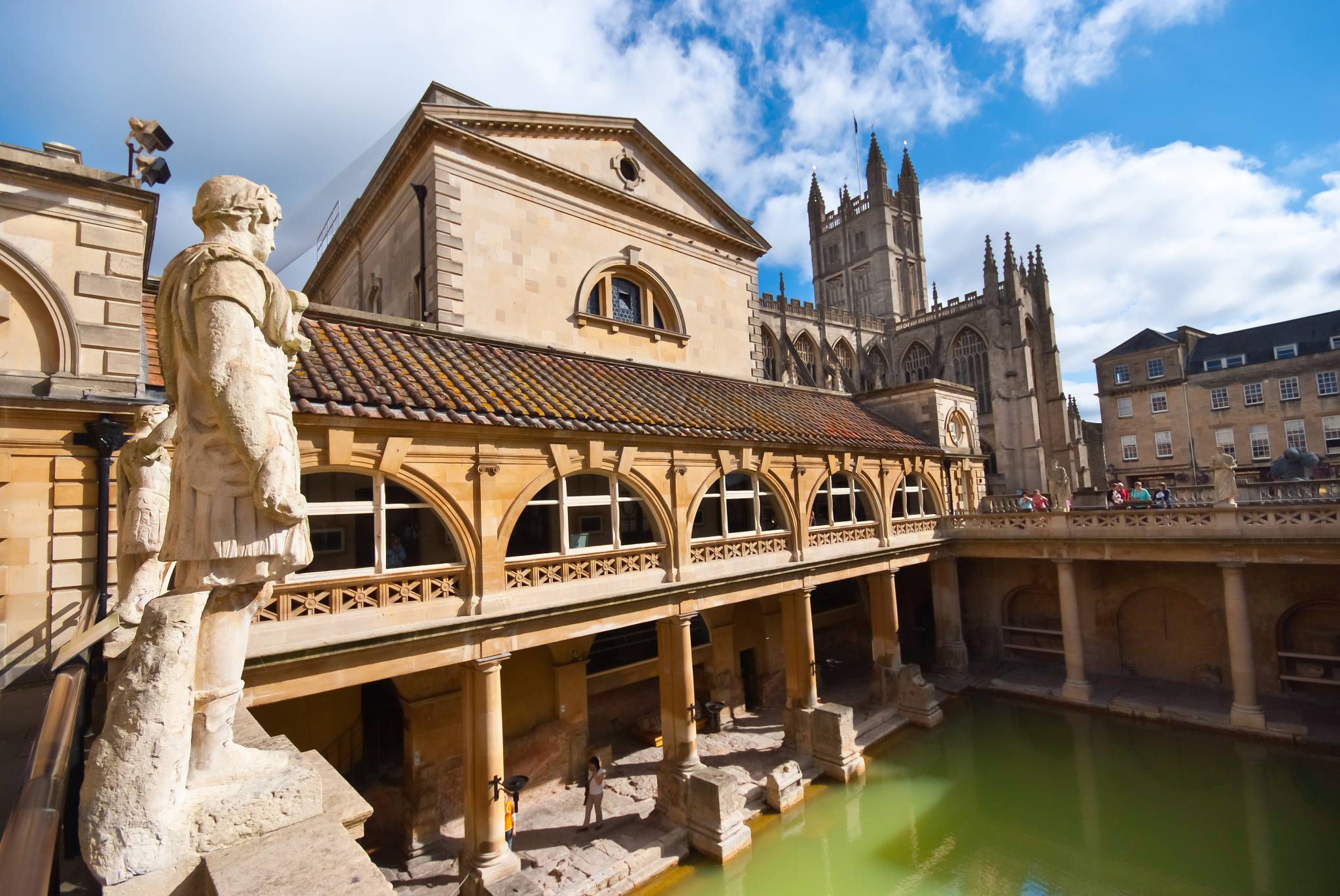It comes to now surprise how the world's second largest country can offer endless varieties of landscapes. Spread across six time zones, Canada has sky-high mountains, glinting glaciers, spectral rain forests, and remote beaches. Whether it's snowboarding Whistler's mountains, surfing Nova Scotia's swells or kayaking the white-frothed South Nahanni River in the Northwest Territories, adventures abound. So go on that next adventure with the Canada Travel Guide and Offline Map.
1. Haida Gwaii
Haida Gwaii forms a dagger-shaped archipelago of some 450 islands, it offers a magical trip for those who make the effort. The number-one attraction here is remote Gwaii Haanas National Park, which makes up the bottom third of the archipelago. Attention has long focused on the many unique species of flora and fauna to the extent that 'Canada's Galápagos' is a popular moniker. But each year it becomes more apparent that the real soul of the islands is the Haida culture itself.
2. Niagara Falls
Witness a spell-binding rush of unstoppable water over the arcing fault in the riverbed with thunderous force. Niagara Falls is the collective name for three waterfalls conveniently placed at the nook of the international border between Canada and the United States. These falls have a combined falls form the highest flow rate of any waterfall in North America that has a vertical drop of more than 165 feet.
3. Cabot Trail
Who can resist driving through Cabot Trail? Driving the trail is Nova Scotia's most famous recreational activity. Let the winding roads take you to serene lakes, beneath soaring eagles, and cliff-top vistas. Along the way, artists' workshops dot the southeastern flank of the trail like Easter eggs, from Englishtown to St Ann's Bay. You'll find pottery, leather, glass and pewter workers, painters and sculptors, and discover living remnants of Mi'kmaw and Acadian culture.
Learn more about other destinations that offer unique experiences by checking out eTips.

















































































